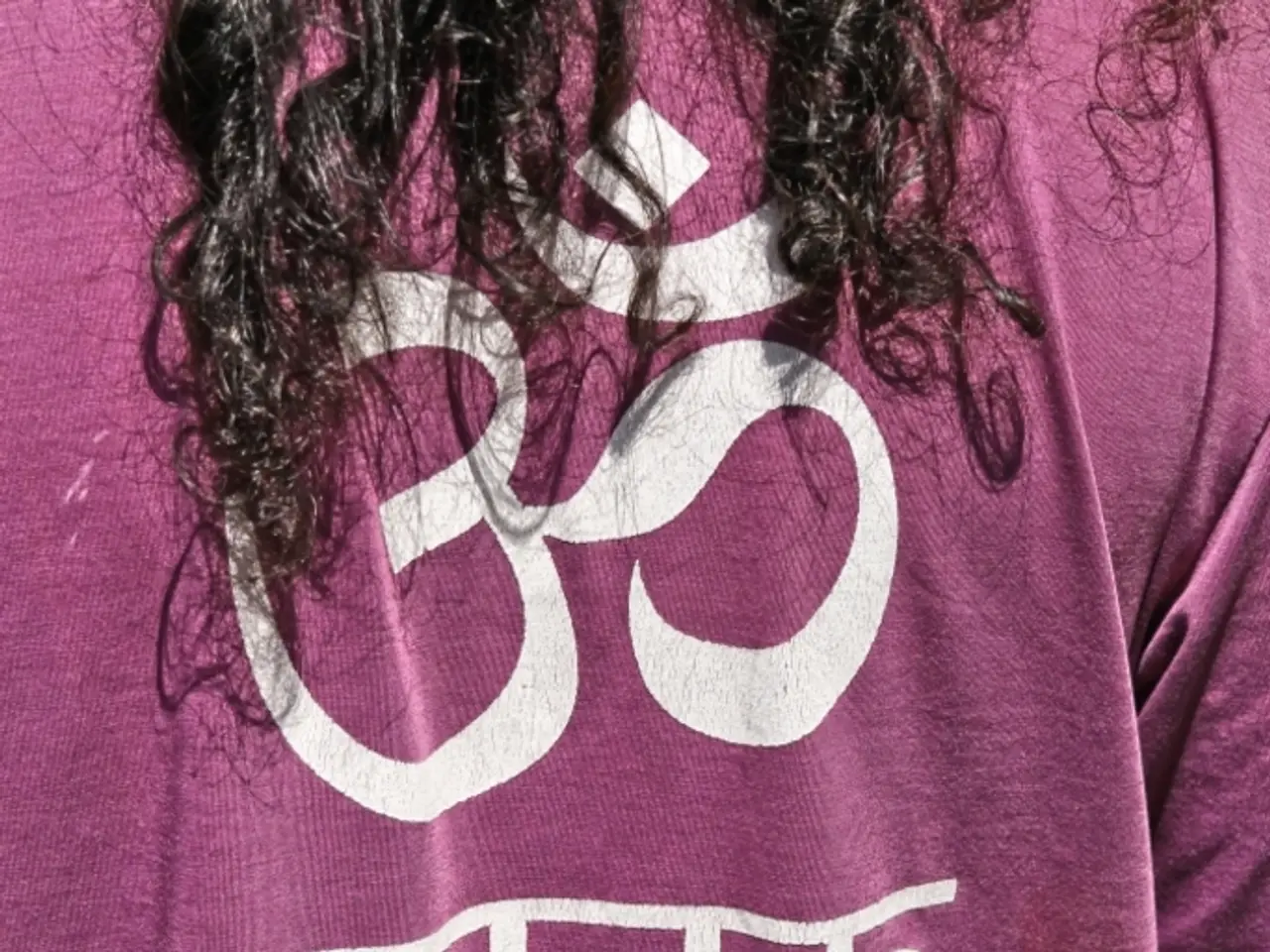Exercise regimen focusing on reducing migraine symptoms
Migraines, a common neurological disorder, are characterized by regular, painful headaches that can significantly impact daily life. While there is no definitive cure, new research suggests that Pilates, a gentle, low-impact exercise program, may help reduce migraine frequency and manage symptoms.
Originally developed by Joseph Pilates after World War I, Pilates focuses on breathing, body alignment, and precision. It is known for improving core strength, balance, coordination, and posture. These benefits could potentially help reduce physical triggers of migraines, such as neck tension and poor posture.
Research supports that Pilates can reduce chronic pain and improve related factors like mood, sleep quality, fatigue, and mental health in patients with chronic musculoskeletal pain, including neck pain, which is often linked to migraines. A 2021 clinical study, though not yet peer-reviewed, suggests Pilates may also reduce migraine pain and improve mental clarity.
Pilates incorporates breathing and relaxation techniques, which can help reduce stress—a common migraine trigger—and promote relaxation, contributing to migraine symptom relief. However, it's important to note that while there is some preliminary evidence, direct, large-scale clinical trials specifically on Pilates for migraine are limited.
When headaches occur, medications like triptans, ergot derivatives, over-the-counter pain relief, NSAIDs, nausea and vomiting relief medications, and resting in a dark room with closed eyes and placing a cool towel on the forehead may provide relief. In addition to Pilates, people with migraine may need regular medication to prevent attacks and manage pain symptoms, such as anticonvulsants, beta-blockers, calcium channel blockers, and antidepressants.
Attempting Pilates as an intervention should be discussed with a doctor, especially for people with chronic health conditions. While there is no direct evidence that Pilates can reduce headache pain or manage the frequency of migraine symptoms, the benefits for stress relief, posture improvement, and blood pressure management could make it a promising complementary approach for migraine management.
In summary, while more rigorous and migraine-specific clinical research is needed, Pilates is supported by indirect and some preliminary direct evidence for reducing migraine frequency and managing symptoms by addressing physical and psychological factors associated with migraines. Pilates may form a relatively harmless and low-impact part of a daily approach to managing migraine, which includes regular exercise, consistent sleep schedule, staying hydrated, excluding potential trigger foods, managing weight, and maintaining a healthy lifestyle.
- For individuals grappling with migraines, a neurological disorder marked by repetitive, painful headaches, exploring Pilates could offer a promising solution.
- Pilates, developed by Joseph Pilates post-World War I, presents a gentle, low-impact fitness-and-exercise program with a focus on breathing, body alignment, and precision.
- The potential benefits of Pilates, such as reduced neck tension, improved posture, and increased core strength, might aid in managing migraine symptoms and their physical triggers.
- beyond its ability to reduce symptoms, research indicates that Pilates can also alleviate chronic pain, improve sleep quality, and boost mental health.
- Pilates's focus on relaxation and stress-reduction techniques potentially makes it an effective tool against migraines, a condition often exacerbated by stress.
- Striking a balance between medical-conditions management–such as regular medication for migraines–and complementary therapies-and-treatments like Pilates might optimize overall health-and-wellness for those living with migraines.




